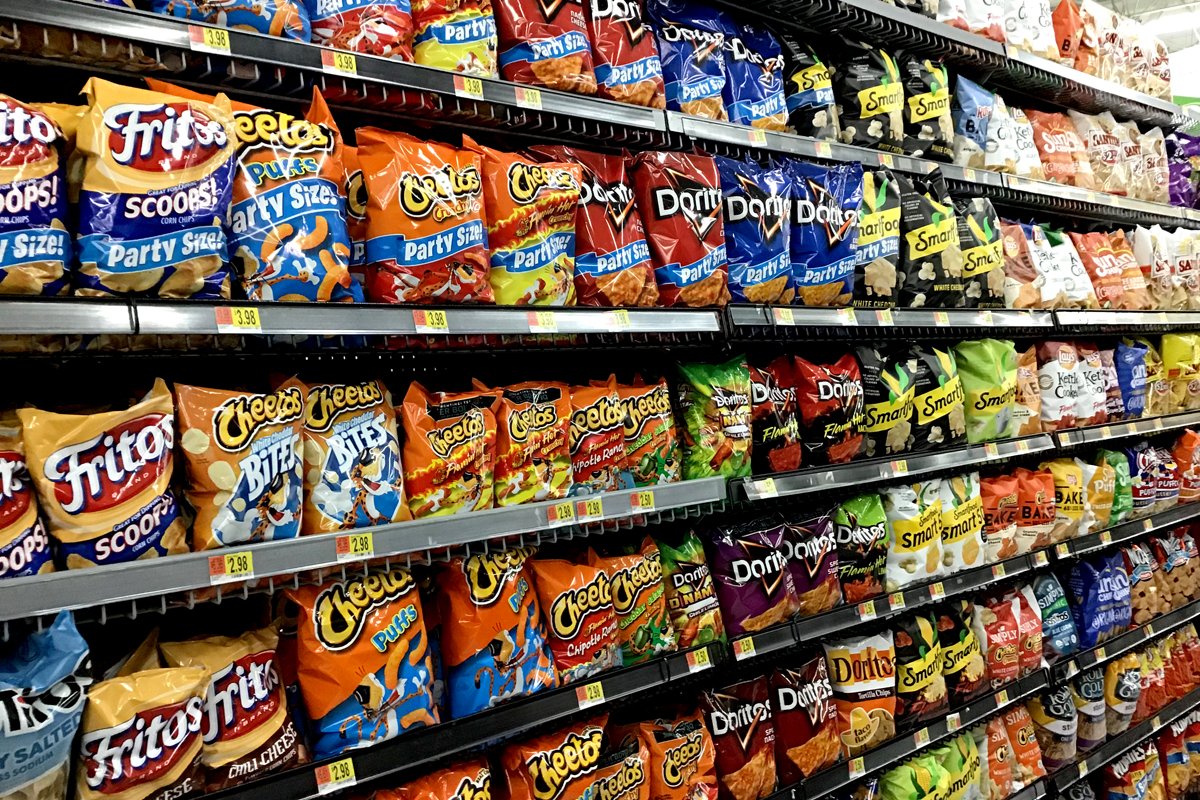
Food Additives: Why We Need Them
Food is any material consumed to give basic nutrition to an organisms. Food is generally of animal, plant or even fungal source, and consists of vital nutrients, like proteins, carbohydrates, vitamins, or even minerals. Plants are the primary sources of food because of their ability to absorb carbon dioxide from the atmosphere and store it in the leaves, stems, and roots for future use. Animals on the other hand are fed with flesh, a variety of animal products which are generally not nutritious for humans. In fact, their diet is very poor in nutrition and must be carefully balanced with the right amounts of plant and animal based foods.
In food processing, food is generally recognized as food containing one or more defined ingredients. Generally, food processing involves treating food to improve its quality or prolong its shelf life by modifying it or removing unwanted components. The most common food additives include sugar, salt, artificial flavorings, saccharin, saccharine, starch, coloring, and flavoring. Sugar is one of the most extensively used additives in the world, and is found in many foods from the cheapest product like soda pop to the most expensive gourmet food. High sugar content food additives contribute to health problems like obesity, insulin resistance, and tooth decay.
Vitamins are elements needed to maintain the body’s good health. Natural food sources are fresh fruits and vegetables, which contain a wide range of nutrients and vitamins. However, food processing methods and increased usage of artificial vitamins and minerals have reduced their natural value. They are generally synthetic, unable to be absorbed fully by the body.
Another common food additive is the texture agent. These additives enhance the texture, color, smell or taste of food. Examples of texture agents are artificial flavors, such as aspartame, and saccharin. Sweeteners like sucrose and fructose are added to provide a sweetness that cannot be achieved by fruit or vegetables.
Many food products, especially those with high volume of ingredients, use complex carbohydrate structures that are more easily broken down by stomach enzymes. These complex carbohydrates need additional ingredients to thicken them, like leavening agents. Common examples of thickeners include corn syrup, corn oil, or soy sauce.
Color additives can be used to make food more appealing to consumers. Examples include red colorants used in coffee and tea, as well as yellow colorants used in pickles and ketchup. Examples of colorants used in food ingredients are red beet pulp, FD&C blueberry juice, and papaya. Some food additives can even turn food into a substance harder and thicker when heated. Examples include monosodium glutamate (MSG), polyols, dyes, artificial flavorings, and hydrogenated oils. In short, food additives are unnecessary and even harmful to the body.